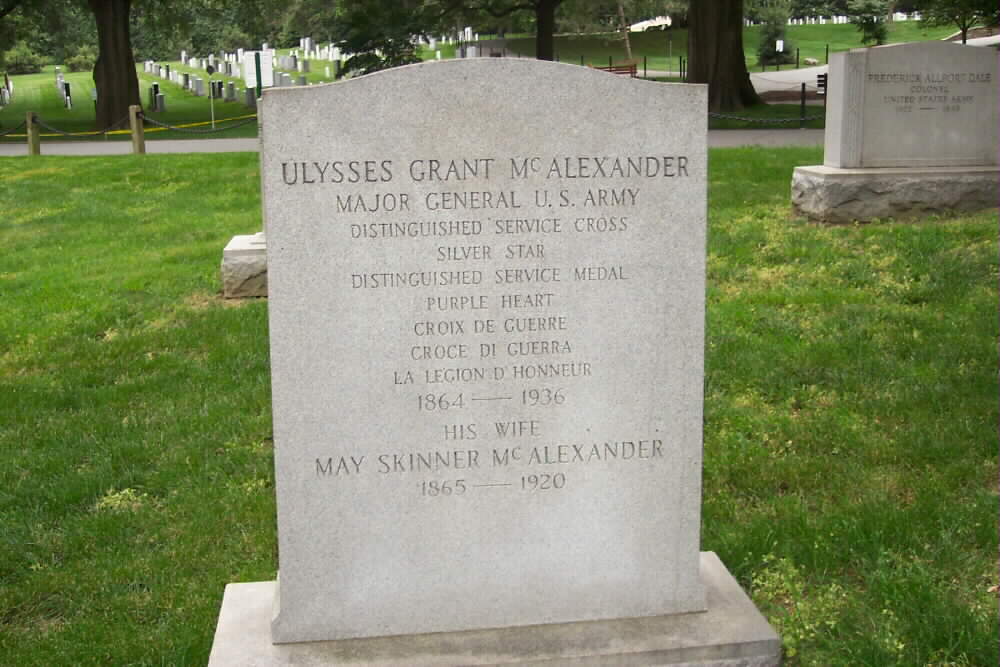Born August 30, 1864 at Dundas, Minnesota, he grew up there and in Kansas. He graduated from West Point in 1887 and was commissioned a Second Lieutenant in the Infantry.
He embarked upon a career entirely unremarkable until it was nearly at an end. He served several periods as an instructor in Military Science & Tactics, Iowa Wesleyan College, 1891-95 and at Oregon State College in both 1907-11 and 1915-16.
During the Spanish-American War, with the rank of Captain of Volunteers, he took part in the Santiago Campaign and in 1900-02, 1905-06 and 1912-15, was on duty in the Philippines.
In 1906-07, he was assigned to duty with the General Staff in Washington. He was promoted to Captain in march 1899, Major in January 1911, Lieutenant Colonel, July 1916, and Colonel in May 1917. In June 1917, after a year as an instructor and inspector with the Oregon National Guard, he was ordered to France. From July to December he commanded the 18th Infantry and was then on the Inspector General’s staff until May 1918.
Given command of the 38th Infantry, 3rd Infantry Division, he was assigned to a portion of the Marne River front near Moulins, France, where the great German offensive of July 1918, the second Battle of the Marne, occurred. German forces crossed the river early on July 15. All along a 50-mile front they advanced up to four miles beyond the Marne, except at Moulins, where the 38th, bearing the brunt of the initial attack and subsequently coming under fire from both flanks as other regiments fell back, held a wooded rise for 21 hours. That brilliant and courageous action blunted the offensive, which bogged down on July 16 and entirely ended on July 18. He and the 38th were both dubbed “The Rock of the Marne.”
In August 1918, he was promoted to temporary Brigadier General and given command of a Brigade in the 90th Infantry Division, which he led in the St. Mihiel and Meuse-Argonne operations and which he also commanded in occupation duty in Germany until June 1919. He was made permanent Brigadier General in March 1921 and retired in July 1924 as a Major General.
He died at Portland, Oregon, September 18, 1936 and was buried in Section 7 of Arlington National Cemetery.
His wife, May Skinner McAlexander (1865-1920), is buried with him.
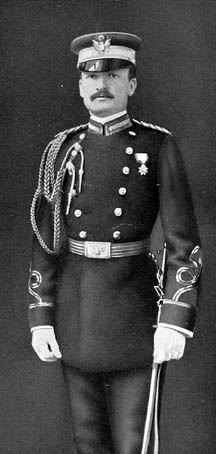
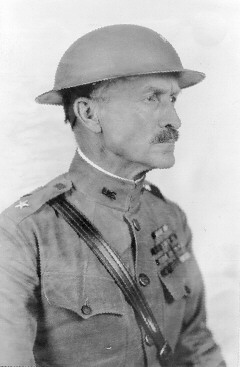
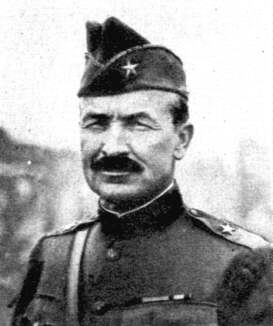
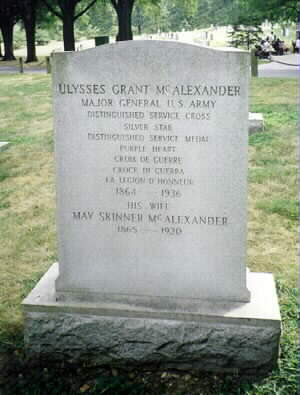
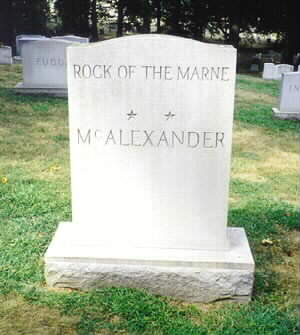
Michael Robert Patterson was born in Arlington and is the son of a former officer of the US Army. So it was no wonder that sooner or later his interests drew him to American history and especially to American military history. Many of his articles can be found on renowned portals like the New York Times, Washingtonpost or Wikipedia.
Reviewed by: Michael Howard

